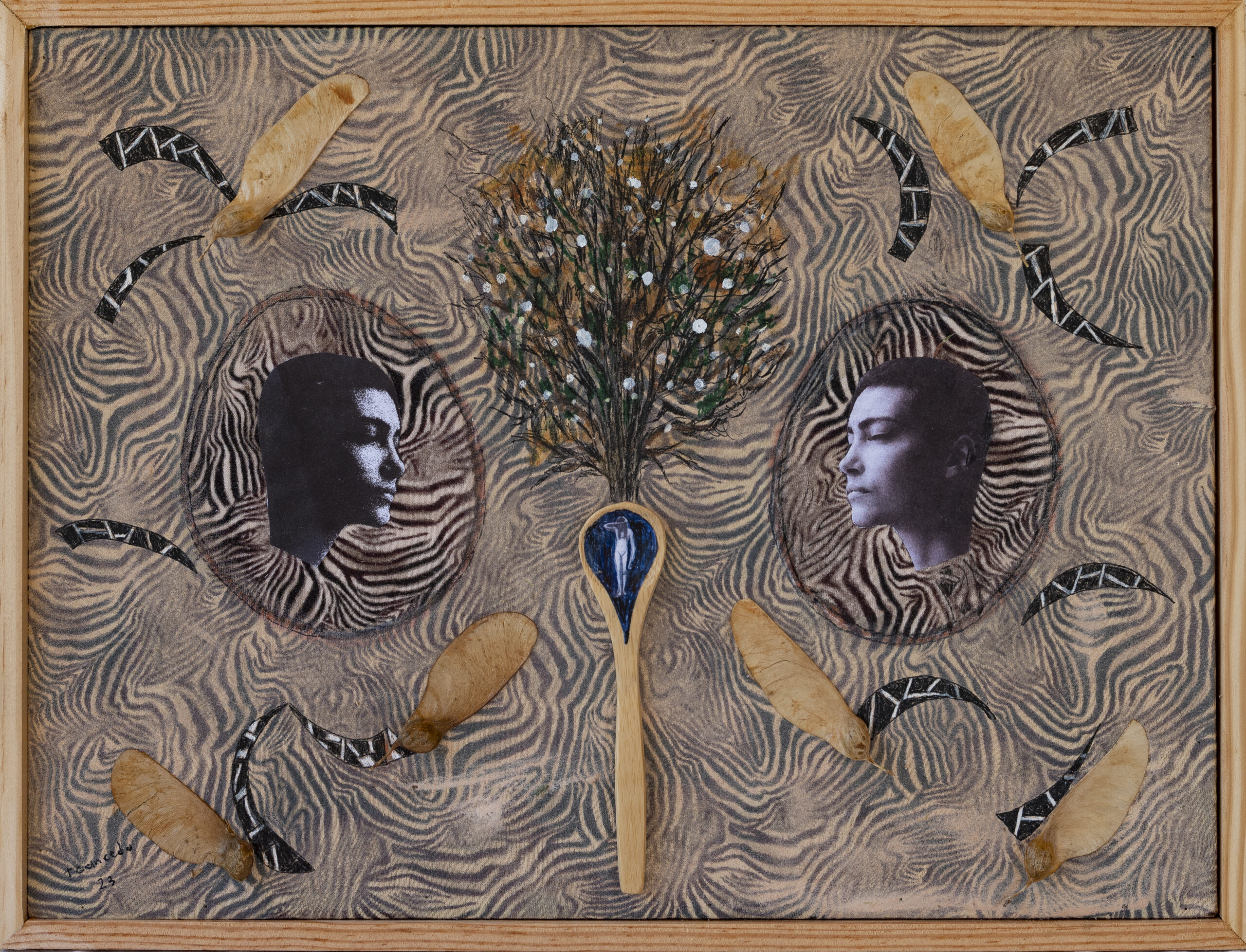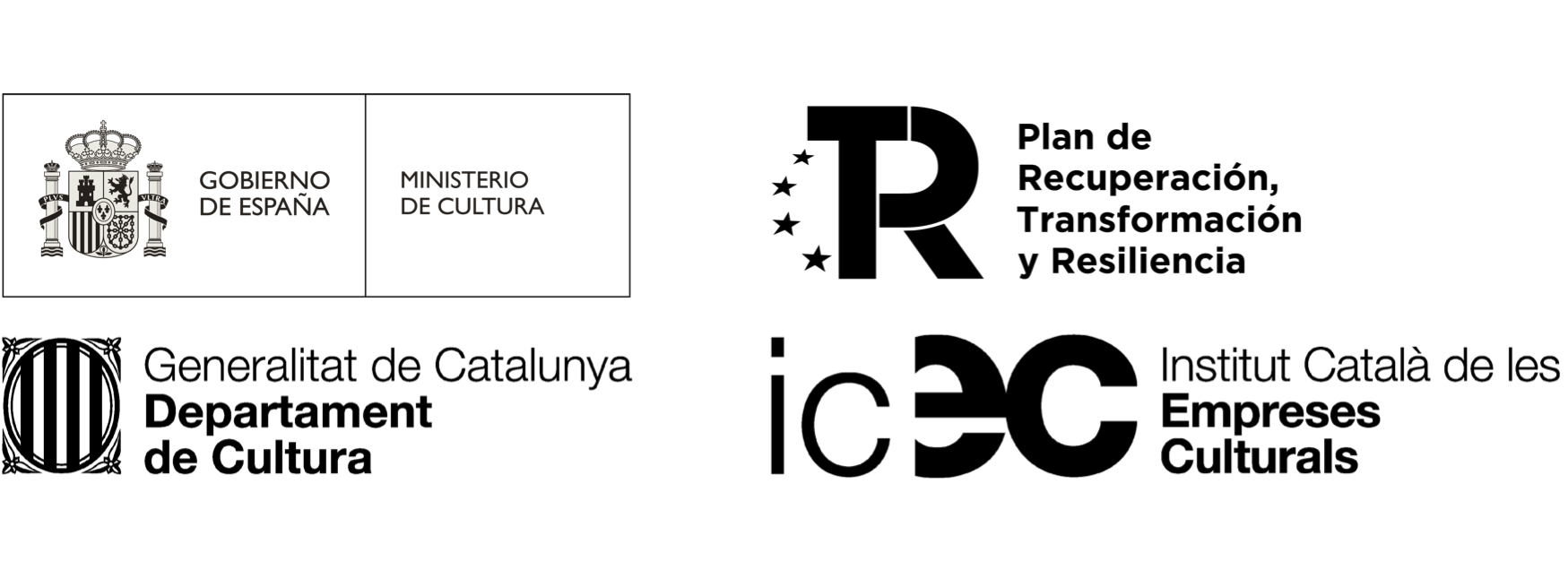The body of symbols – Teresa Gancedo

The body of symbols – Teresa Gancedo
RocioSantaCruz Gallery is pleased to present “The Body of Symbols”, an exhibition of the late production of the artist Teresa Gancedo (León, 1937), halfway between surrealism and the objectual.
When, at the beginning of the 1970s, Linda Nochlin asked herself Why there were no great female artists?, she was thinking above all about the role of great – and absent – female figures in the history of art in a globalized context. Without going into details about the situation in Spain, Nochlin highlighted one of the most deeply rooted realities in artistic creation. And the fact is that already in the seventies (and still today) it is necessary to rethink the traditional roles and expectations imposed on women. However, the critique of the notion of genius, which has historically hindered those who have approached a canonical and outdated history of art in feminine terms, was of paramount importance at the end of the last century and remains so at the beginning of the current one.
Today, Gancedo continues to paint, overturning perceptions of women, even though decades have passed since she began her artistic production. An activity centered on the plastic language of painting that she will not abandon as long as she has a space of her own, a place to dialogue with Virginia Wolf and her conceptualization of the obstacles that patriarchal structures use, with less and less success, to rob women of their autonomy and hinder their creative development.
One of the most important milestones in Teresa Gancedo’s career was the selection of her work for the exhibition “New Painting from Spain. With this curatorship, Margit Rowell conceived one of the most outstanding exhibitions of the 1980s, making Gancedo, along with Carmen Calvo, one of the first women to exhibit at the Guggenheim Museum in New York. This historic exhibition, considered one of the most important retrospectives for the future of Spanish painting, proclaimed one of the theses that would later define the beginning of the decade: Far from the old Franco dictatorship that had devastated Spain, the art scene of the time was moving away from “Spanish aggressiveness” and focusing on a new line in which the poetic, the conceptual, the objective, or even the symbolic or dreamlike reigned supreme. In the end, this exhibition stood out for offering an image of Spain that was suitable for its international projection, as well as for emphasizing a creative maturity that was paradoxically facilitated by Franco’s isolation from the international avant-garde.
But history is what it is, and as early as 1982, the return to plastic rhetoric was inevitable. Documenta VII in Kassel, curated by Rudi Fuchs, or in Spain, the appearance of ARCO’82, curated by Juana de Aizpuru, as well as the exhibitions “1980” or “Madrid D.F.”. (both presided over by image critics), confirmed a return to the pictorial poetics of art. or “Madrid D.F.” (both led by image critics), reaffirmed a return to the image poetics defined by Gancedo, which he will never abandon. We are faced with a figure permanently committed to his work, distancing himself from the practices that, framed in what Simón Marchán once defined as “new artistic behaviors,” sought to move painting away from the hegemonic narrative.
Mapping an unparalleled production, the artist has oscillated through a series of formalisms agglutinated in her latest production, present in the gallery RocioSantaCruz. From the eighties -when her work became gestural, powerful and defined by a vibrant palette of colors or a direct influence of archaeology (such as arches, niches, ruins, pavements, walls or altars)- to the nineties -when her artistic maturity finally defined the personal mark that allows us to recognize Gancedo-, the exhibition “The Body of Symbols” shows paintings defined by a maturity linked to a personal symbolism and mysticism.
The final result is a subjectivity from which to study the collective psyche, the images and symbolic bodies that make up the history of art in an exercise of constant self-referentiality. Both the religious aspect, starting from the Baroque, and the contemporary aspect of Duchamp and his definition of the ready-made at the beginning of the century are present in the themes and supports of Gancedo’s works or, going further, in the incorporation of artifacts, objects and other gadgets that activate the playful sense of the surreal part of his work.
In this first exhibition of Teresa Gancedo’s work at the RocioSantaCruz gallery, the artist brings the viewer closer to a myriad of bodies and symbols, symbolisms of bodies, in short, that draw a panorama of universes and vitalist experiences. Medieval bestiaries, books of alchemy or esoteric magic converge in recognizable figures such as angels or even virgins, in a kind of sacrifice to the artistic past that, guided by feminine power, has revitalized Spanish post-surrealist realities from the late seventies to the present.
Sergio Rodríguez Beltrán
PRESS
- Arqueología de Teresa Gancedo, Isabel Lázaro, ABC Cultural, 24.02.2023 – https://rociosantacruz.com/arqueologia-de-teresa-gancedo-en-el-cultural-por-isabel-lazaro/
______
Con el apoyo de / Amb el suport de / With the collaboration of
